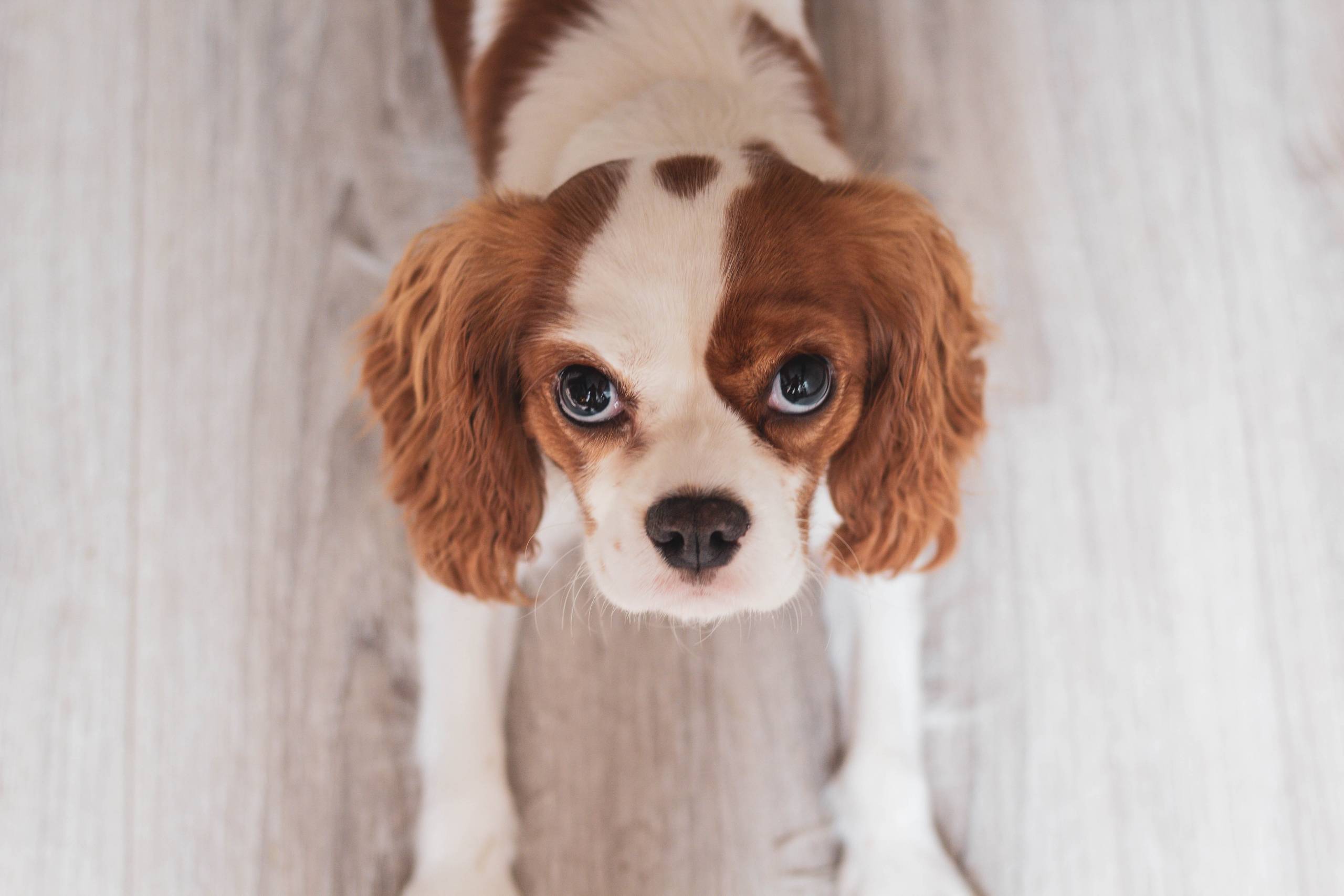
What is a Dog’s Heat Cycle?
A dog’s heat cycle, or estrous cycle, is a normal physiological process that female dogs experience as they mature. This cycle indicates their reproductive readiness and typically occurs twice a year. The heat cycle consists of four stages: proestrus, estrus, diestrus, and anestrus. Each stage involves specific hormonal and physical changes in the dog’s body, signaling potential fertility.
When Does a Dog’s First Heat Occur?
Generally, a female dog’s first heat cycle begins between six and 24 months of age, depending on the breed and individual characteristics. Smaller breeds tend to experience their first heat earlier, while larger breeds may have their initial cycle later. It’s crucial to keep track of your dog’s development and be prepared for the potential onset of her first heat cycle.
Signs of a Dog in Heat
During the proestrus stage, the initial phase of the heat cycle, you may notice various physical and behavioral changes in your dog. These signs can include swelling of the vulva, a bloody discharge, increased urination, and behavioral shifts such as restlessness or increased affection. It’s essential to monitor your dog closely during this time to ensure her safety and well-being.
Duration of the Heat Cycle
A dog’s heat cycle typically lasts around 2-4 weeks, although this can vary from dog to dog. The estrus stage, during which the female is receptive to mating, usually occurs around 7-10 days within this cycle. During this time, it’s crucial to take extra precautions to prevent unwanted pregnancies if breeding is not intended.
Caring for a Dog in Heat
When your dog is in heat, providing extra care and attention is essential. It’s advisable to keep her indoors to prevent unwanted mating, as male dogs can detect a female in heat from a considerable distance. Additionally, keeping your dog clean and comfortable while offering reassurance and support is crucial during this potentially stressful time.
Spaying and the Heat Cycle
Spaying, or the surgical removal of a female dog’s reproductive organs, is a common practice that can prevent future heat cycles. Spaying not only eliminates the potential for unwanted pregnancies but also reduces the risk of certain reproductive-related health issues, such as uterine infections and mammary tumors. Discussing the best time for spaying with your veterinarian is crucial for your dog’s long-term health.
Understanding when dogs get their period is an essential aspect of responsible pet ownership. By being aware of the signs and stages of a dog’s heat cycle, you can provide the necessary care and attention to ensure your dog’s well-being during this natural process. Whether you plan to breed your dog or not, staying informed and seeking guidance from a veterinarian are crucial steps in providing the best care for your furry companion.
[/fusion_text]

